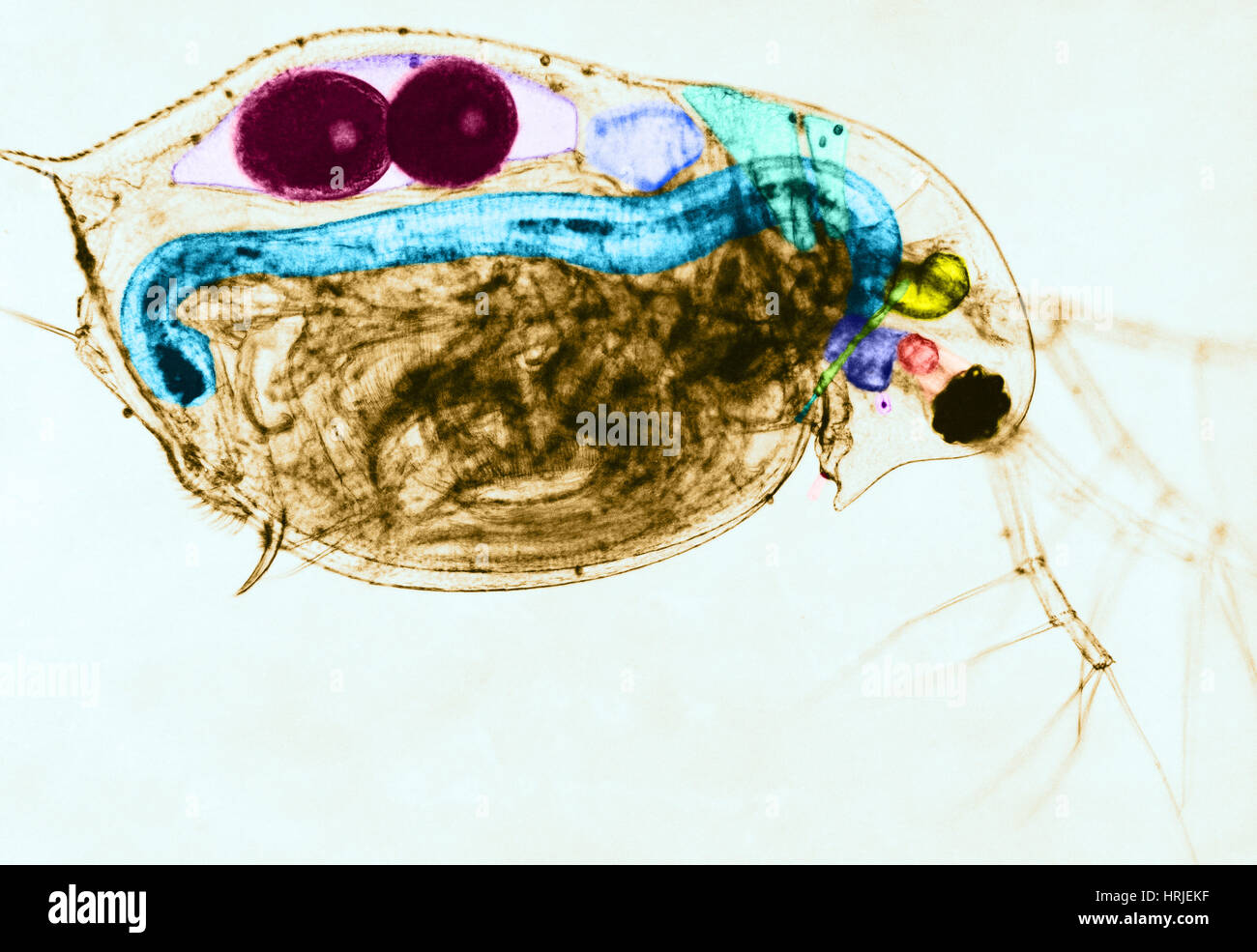

An UAV based thermal/RGB integrated imaging system was built using the RaspberryPi (RPi) microcomputer as a central unit. While creating such a map by use of an energy balance model is routinely performed, the acquisition of the necessary imagery at a suitable quality is still challenging. High spatial resolution and geolocation accuracy canopy evapotranspiration (ET) maps are well suited tools for evaluation of small plot field trials. This variation resulted in significantly different ETc estimation for the same spearmint crop field, indicative of a potential limitation for the use auto-selection of hot and cold pixels when using the UAS-METRIC model. The results showed that different sizes of extent resulted in the selection of variable hot (bare, but moist soil in small extents, and dry bare soil at the larger extents) and cold anchor pixels (crop under water stress at the small extents, and tree canopy or grass alongside the water canal at the larger extents). Extent 1 had the smallest coverage area of the field, including only plants that were irrigated at 75% of ETc, while the fields of view of the other extents increased to where the Extent 6 covered the spearmint field and all the surroundings including trees, a nearby water canal, irrigated grass, and irrigated and non-irrigated soil. As a way of providing diverse field conditions, six different extents (Extent 1 to Extent 6) were selected from each day of the seven days of UAS imagery campaigns of the same field for generating UAS-based ETc maps using auto-selection of hot and cold anchor pixels for the internal calibration of the model. In this study, we used an experimental spearmint field under three irrigation levels (75%, 100%, and 125% of crop evapotranspiration, ETc). When an unmanned aerial system (UAS) is used for imagery, the small image size and the varying crop and soil water status of agricultural fields make the identification of reliable hot and cold pixels challenging. The METRIC energy balance model uses an auto-selection approach for identifying hot (dry, bare soil) and cold (fully transpiring crop) anchor pixels for the internal calibration of the model.


 0 kommentar(er)
0 kommentar(er)
